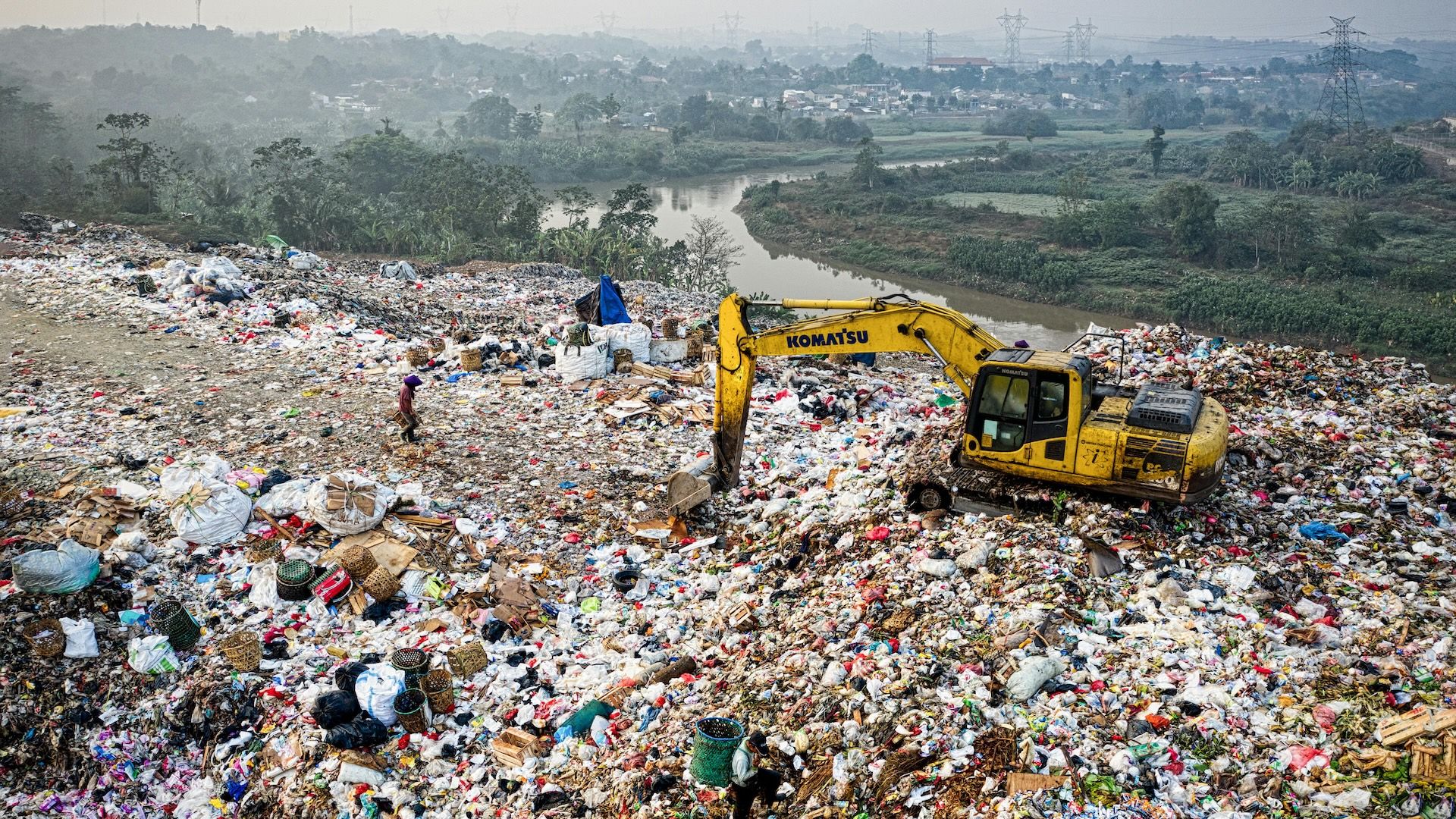Conversations With the Coalition: Nick Wise

As part of an ongoing Climate TRACE series, we are interviewing individual coalition members about their work. We recently caught up with Nick Wise, CEO & Founder of OceanMind, a founding member of Climate TRACE that**provides independent greenhouse gas emissions estimates for the shipping industry.
Which emissions sector are you focused on, and why?
We track the emissions of the shipping sector. By “shipping” we're talking about the main ways that we transport goods on the ocean. Those goods could be anything from oil and steel to cars and sofas — basically anything that's transported on the ocean fits into this category, in vessels ranging from container ships to massive tankers.
At the moment, the ocean transportation industry amounts to about 2–3% of total emissions. [Editor’s note: shipping emitted about 850 million tonnes CO2e in 2022, comparable to the total annual emissions from Germany.] Based on industry projections and commitments, shipping may well amount to around 10% of emissions by 2050.
Getting a handle on emissions data — and tracking emissions-reduction progress — is really important because 80–90% of all goods are transported on the oceans, making the shipping industry a critical part of everyone else's Scope 3 supply chain.
What is your overall approach to collecting these emissions data?
To a large degree, the only information available today is commercial information, which is usually held by vessel owners monitoring emissions for their own purposes. Most don't want to publish that data, and there’s certainly no industry-wide publishing of it. While you can get pockets of emissions data, there's nothing holistic that allows us to understand the industry in detail.
Unlike other sectors the Climate TRACE coalition covers, we aren’t heavily reliant on satellite imagery. Instead, we estimate shipping-related emissions with data modeling by using two commercially available data streams. One is vessel tracking data, which shows where, when, how far, and how fast vessels go. One important source of this data are the transponder-like Automatic Identification System (AIS) devices that all major ships are supposed to use to broadcast their location. The other is vessel characteristics data, like how big they are, the size of their engines — those kinds of factors.
Together, these two sets of data tell a complementary story about a given ship’s activity that we can reliably correlate into accurate emissions estimates.
How do you translate that information and modeling into shipping emissions estimates?
It starts with the vessel tracking data. When a vessel leaves a port, it takes a trip somewhere and eventually ends up at another port. The miles it travels in between are the units upon which we start to estimate our emissions. So we use public data about those trips to create a model of emissions per nautical mile traveled for different classes of vessel.
For different ships of different sizes, we end up with another CO2 per nautical mile figure, reflecting a range of other modifiers, including engine size, speed of travel, and more. This gives us a multiplier of CO2 per nautical mile, and we multiply the two together to get our emissions estimate. That's the simple version of how we do it. The details are, naturally, a bit more complicated.
What challenges have you faced along the way, and what challenges remain that you’re still working to address?
Early-stage challenges were working out how we can take into account known factors like speed in the model. So we had to do work on the model to understand the effect of speed. Now our model accounts for factors like how when vessels are traveling slow, they tend to produce less emissions than when they're traveling faster and the engine is working harder.
An ongoing challenge has been the lack of availability of data. We have gaps in our data set because we don't know the size of certain vessels, or we simply can't get their tracking data in the first place. Without that we don’t have a means to estimate their emissions, and will have to have some kind of factor to account for them.
So one of our plans going forward is to gather more datasets in other ways, for example by engaging with ports to get lists of vessels that pass through and get their characteristics.
There are plenty of other challenges as well. At the moment the model is reasonable, but in order to fully account for CO2, we need to be able to take into account even more real-world factors — from current weather and rate of acceleration, to age and condition, like whether a vessel has been recently refitted or fully cleaned and repainted.
That said, right now the data is more than accurate enough to use for trends and decision-making.
What types of shipping decisions and strategies can these data support?
The ocean-going community is governed by the International Maritime Organization, which has set targets to reduce emissions to net zero by 2050. They’ve identified various approaches, including new fuels and new types of vessels that will be deployed.
Measuring emissions is critical to understanding whether necessary progress is being made in any of these emissions-reduction efforts. We're able to generate datasets on a weekly basis, helping industry leaders assess more quickly whether interventions that have been trialed are actually having an effect.
The shipping industry, like aviation, is very hard to tackle. If we're not clear on the progress being made, we are at risk of undermining the effort to limit global warming.
But by partnering with us to harness emissions data, shipping leaders can better understand the impacts of their efforts, and potentially gain positive recognition for progress they make on the shared goal to limit global warming.
Interviewed by Daisy Simmons.


